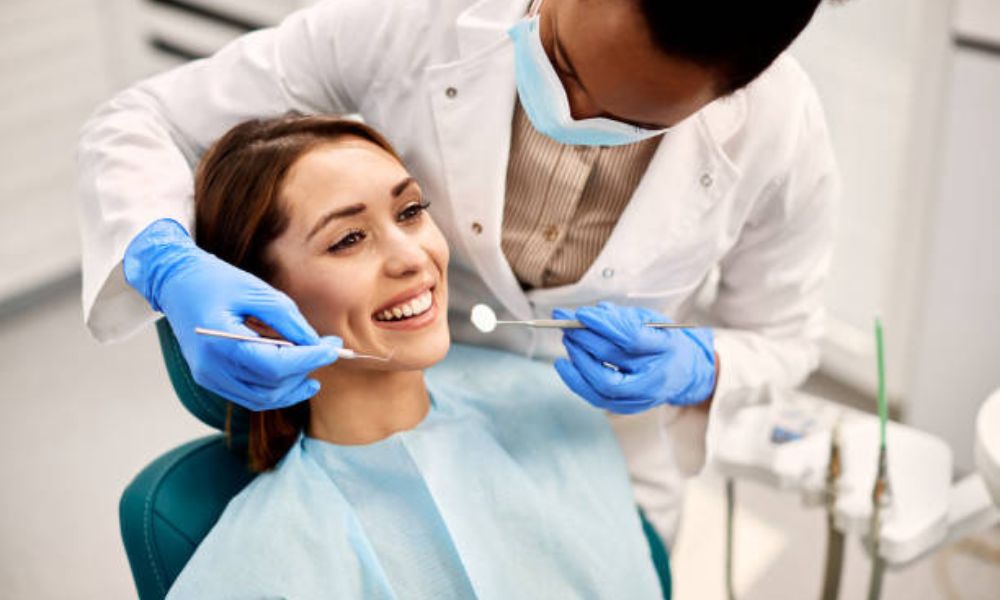Dental delays drive hospitalisations

Dental delays drive hospitalisations | Insurance Business Australia
Life & Health
Dental delays drive hospitalisations
Issue exposes gaps in health insurance
Life & Health
By
Roxanne Libatique
Australia is facing a rising number of preventable hospitalisations linked to dental issues, exposing gaps in both healthcare and insurance coverage.
In 2022-23, nearly 87,400 hospital admissions were related to dental conditions that could have been avoided with earlier intervention, according to Australian Institute of Health and Welfare’s (AIHW) latest data.
Why do Australians delay dental treatment?
Many Australians are delaying dental treatment due to financial constraints, resulting in more severe conditions that require hospital care. This growing trend is putting pressure on the healthcare system while revealing limitations in current insurance offerings.
Private health insurance coverage and dental costs
Despite having private health insurance, many Australians still face substantial out-of-pocket expenses for dental care, which can lead to delays in treatment. In 2021-22, the cost for a basic preventive service like plaque removal had a median fee of $61, with insurance typically covering $40, leaving patients to cover the remaining $19.
More complex procedures result in even higher costs for patients. For example, a single tooth extraction had a median price of $180, with $95 being the patient’s responsibility after insurance. Major treatments such as full crowns are even more expensive, with a median cost of $1,600, of which patients typically pay $903 out-of-pocket.
These financial gaps between insurance benefits and actual costs can deter people from seeking timely care, increasing the likelihood of more serious health issues later.
Pressure on private health insurers
The rising hospitalisations for dental conditions are adding new challenges for private health insurers.
According to the Australian Prudential Regulation Authority (APRA), health insurers paid over $18 billion in hospital benefits during the 12 months leading up to June 2024, reflecting a 7.9% increase from the prior year. Of that, $6.3 billion was allocated to ancillary services, including dental care.
Latest data from HealthShare showed that more dental appointments are being made outside of regular office hours, with 35% of those bookings coming from new patients. This suggests a shift in how patients seek dental care, particularly as affordability and scheduling flexibility become more critical.
Private health insurance membership has also seen significant growth. During the June 2024 quarter, hospital treatment cover grew by approximately 64,000 people, and ancillary coverage, including dental, rose by over 120,000. The strongest growth was among Australians aged 30 to 34, indicating that younger adults are increasingly recognising the value of dental insurance.
ADA president Dr Scott Davis has called for more targeted government-funded programs to assist low-income Australians, Indigenous communities, and seniors, who are among the most impacted by the high cost of dental services.
“If people saw their dentist regularly, they’d be less likely to face more complex treatment further down the track,” he said, as reported by City Hub.
He urged both the government and insurers to expand their coverage options, especially for preventive services that can help avoid more severe health problems in the future.
Related Stories
Keep up with the latest news and events
Join our mailing list, it’s free!




